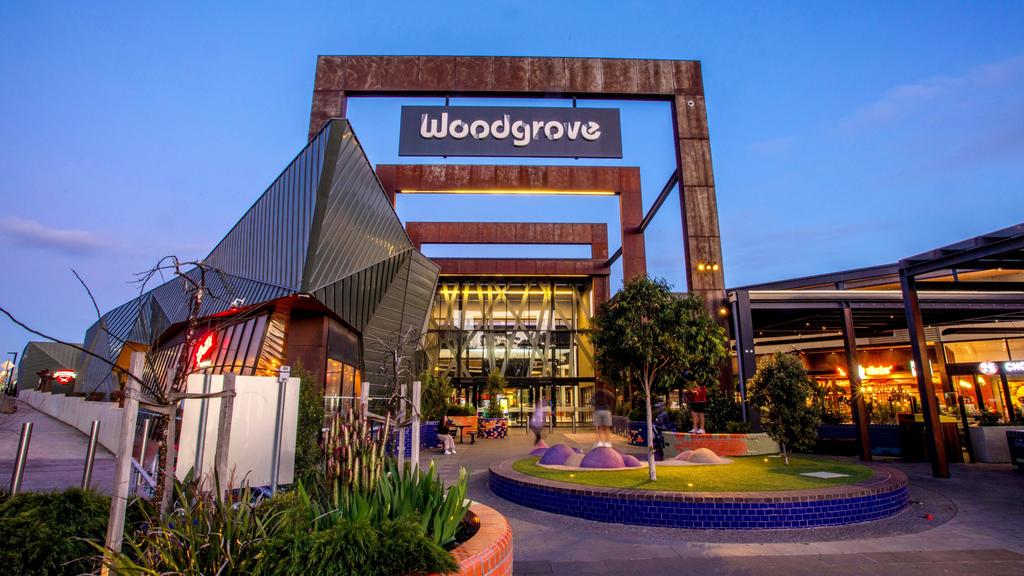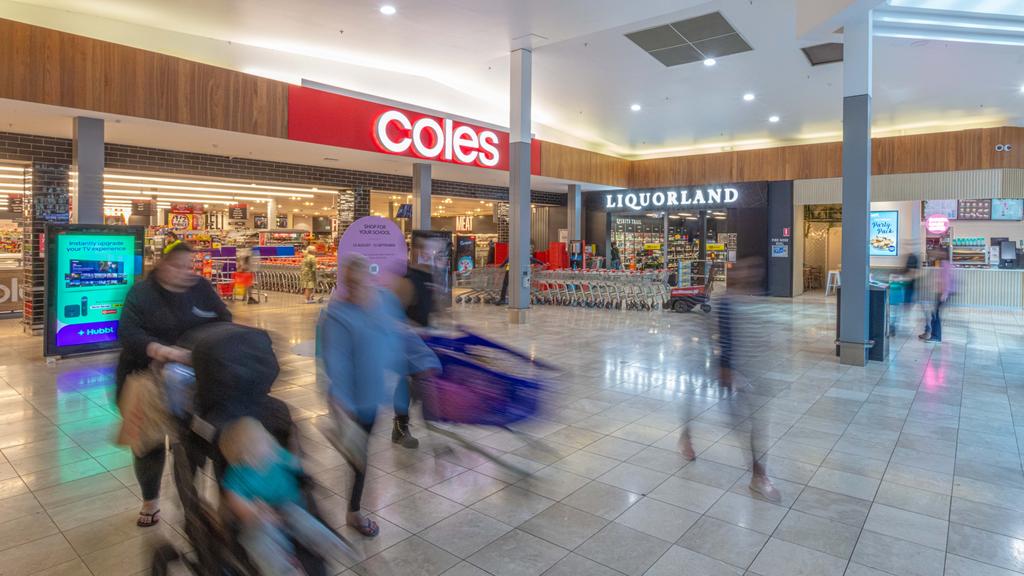QIC puts Melbourne’s Woodgrove Shopping Centre on the block in $500m mall play

QIC is selling the Woodgrove Shopping Centre in Melbourne
Queensland government-backed fund manager QIC is looking to sell the Woodgrove Shopping Centre in Melbourne’s western suburbs, with the mall expected to garner bids around the $500m mark.
The fund house’s offering will be the first time a regional shopping centre has hit the open market in Melbourne, with management rights, in more than two decades, and is expected to spark a contest among domestic groups.
QIC is selling as the retail property market shows signs of stabilising as large groups, particularly domestic players, look to get back into the market, with both Vicinity Centres and Scentre Group, owner of the Westfield empire, ready to buy again.
Putting the Melbourne asset on the block comes in the wake of QIC offloading a stake in one centre in Perth, and as it finalises a deal to sell an even larger centre in Sydney.
In Sydney, QIC is selling the massive Westpoint Shopping Centre in the western suburb of Blacktown to fund house Haben and US investment group Hines for about $900m. Under the plan, Hines would put about $260m into the deal as the joint venture capital partner and Haben, which would be manager, would put $263m into the deal.
QIC also sold out of Perth’s Claremont Quarter, with private investment house Hawaiian taking full control of that mall in a deal valuing its half stake at about $207m. That showed the depth of demand for shopping centres from major players in the wake of their pricing reset.
The contest for the Melbourne asset is likely to bring out the local funds houses that have made the running in the sector, including IP Generation, Fawkner and Haben. Shopping centre groups that could buy the asset and expand it may also bid for the mall to capitalise on the area’s expanding population.

Woodgrove comprises more than 60,000sq m of lettable area and generates over $500m in tenant sales per annum.
JLL’s Sam Hatcher and Nick Willis, and Colliers’ Lachlan MacGillivray are handling the sale.
Mr Hatcher said that it was rare for dominant regional shopping centres in core metropolitan markets to trade.
“The sale of Woodgrove Shopping Centre will represent the second only opportunity in Melbourne to acquire a 100 per cent interest in a regional shopping centre in the last 15-years,” he said. Most other deals, including QIC buying Werribee Plaza and Pacific Epping shopping centres, have been done off-market or involve partial interests without management.
Woodgrove comprises more than 60,000sq m of lettable area and generates over $500m in tenant sales per annum. It is anchored by retail heavyweights Coles, Woolworths, Aldi, Kmart, Big W, Harris Scarfe, Dan Murphy’s, Reading Cinemas and backed by 160 specialties and kiosks.
A separate Woolworths-anchored neighbourhood shopping centre known as Coburns Central; a medical centre leased to Westcare; and a 3ha development site, will also be sold.
Mr Willis said the Australian retail sector was experiencing a “renaissance” with global capital and investors seeking exposure to assets that are dominant in performance and provide future value add opportunities. Woodgrove sits on a huge 27ha site which he said allows for “significant future development opportunities” to meet the region’s burgeoning growth. The centre also gives investors the flexibility to put in place new retail strategies.
The sale of Woodgrove comes as another major retail landlord, Scentre Group, owner of the Australian Westfield empire, withdrew its interest in developing a shopping centre at nearby Mount Atkinson. This has bolstered Woodgrove’s position and may make it attractive to shopping centre groups seeking to expand without the competitive threat of a new Westfield
Mr MacGillivray said the area’s strong population growth, along with some of the lowest retail floorspace-to-population ratios globally, was driving robust asset performance and renewed investor interest in the sector. He said that in Melbourne’s west, retail floorspace per capita was projected to drop to more than double the current national average and pointed to the site’s longer-term development potential.







